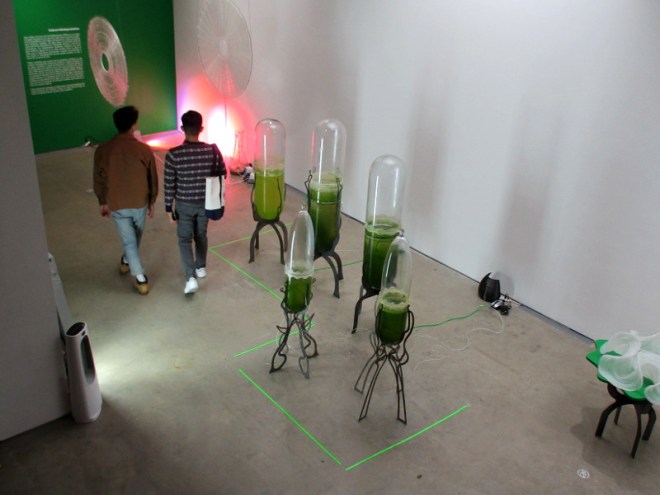
In the last couple weeks, several street lamps in the form of traditional Chinese lanterns have been replaced along Third Avenue in downtown San Diego. Third Avenue, between Market Street and J Street, is the heart of the Asian Pacific Thematic Historic District.
The original Chinese lanterns were installed in the 1980s, back when the historic district was first designated. Those lamps, however, had deteriorated over time and were badly in need of replacement.
With the help of the Downtown San Diego Partnership, several of the old lamps were refurbished and provided with LED lighting. They’ve been reinstalled on Third Avenue in the vicinity of the San Diego Chinese Historical Museum.
Sadly, these beautiful Chinese lantern street lamps no longer run the entire distance to Market Street. I was told the City of San Diego disposed of several of the old lanterns that might have been given to the museum and also refurbished.
The San Diego Chinese Historical Museum has retained one of the newly refurbished lanterns for safe keeping as you can see from my next photograph. It will be used as a model for future lanterns, if money can be raised to produce them. Recreating them from scratch will be, unfortunately, fairly expensive for the nonprofit museum. (Would you like to help?)
The museum would also love to create an Asian Pacific Thematic Historic District gateway on Market Street. Chinatowns in other cities feature such gateways.





…
Thanks for visiting Cool San Diego Sights!
I post new blogs pretty often. If you like discovering new things, bookmark coolsandiegosights.com and swing on by occasionally!
I live in downtown San Diego and love to walk around with my camera! You can follow Cool San Diego Sights via Facebook or X (formerly known as Twitter)!








































































